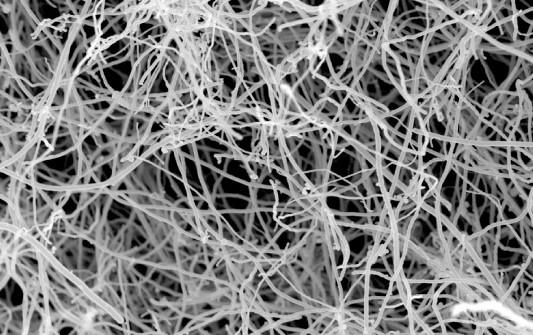

A team of scientists, at the National University of Science and Technology (NUST) MISIS in Russia developed a new composite material to enhance the hardness of 3D printed parts. It is an aluminium powder fortified with carbon nanofibers which would increase the strength of the parts produced by additive manufacturing by 1.5. Nanofibers would also be obtained from waste resulting from the treatment of petroleum gas, making this research part of a circular economy approach. It should have a significant impact on the aerospace sector, a large user of aluminium and additive manufacturing.

Metal additive manufacturing offers many advantages to sectors such as the medical sector where it is possible to design tailor-made devices, but also the aerospace industry which can imagine more complex components and produce small series on demand. One of the main challenges that persist today is the metal itself used during the manufacturing process: only one flaw in terms of properties and printing is failed. Moreover, the study published by Equispheres clearly showed that metal powders were still unsuitable for additive manufacturing. These should have 4 essential qualities: high fluidity, high distribution density, low moisture absorption and high chemical stability when the laser is heated. Most of the time, it is titanium which is preferred because of its weight/strength ratio, which is more interesting than that of aluminium.

The scientists from NUST MISIS have focused especially on aluminium, hoping to find a solution to meet the requirements of the aerospace industry. They had already worked on this metal in particular, developing a more resistant material. For them, the alert point is in terms of the porosity of the material - if it is too high, the part then manufactured will be faulty and at risk. To ensure a uniform and dense structure of their 3D printed components, they explain that they added carbon nanofibers to the original aluminium powder. A step that allows a considerable reduction of porosity of the powder, while increasing its hardness by 1.5 times.
Dr Alexander Gromov, Head of the Laboratory and Professor, NUST MISIS, adds: “Changing the chemical composition and phase of the powder for printing by introducing additional components into the main die improves its properties. In particular, carbon nanofibers have high thermal conductivity, which helps to minimize temperature gradients between printed layers during product synthesis, at the stage of selective laser melting. Thanks to this, the microstructure of the material can be almost eliminated from inhomogeneities.”
Responses








